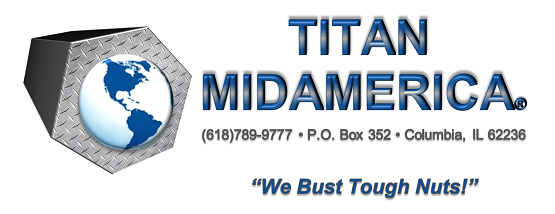ARE DTIs REALLY WORTH IT?
Could something that costs 10 cents actually guarantee better bolt tension accuracy than your company’s designer?
This question sounds ridiculous to many people since they blindly trust their designer’s torque calculations. Unfortunately, the calculations they rely on to get proper tension may have been determined 10 years earlier by someone that cannot predict all bolt conditions.
In many instances, a designer can only predict some, but not all, of the conditions a bolt may encounter when ...
Continue Reading →AUG
2013


